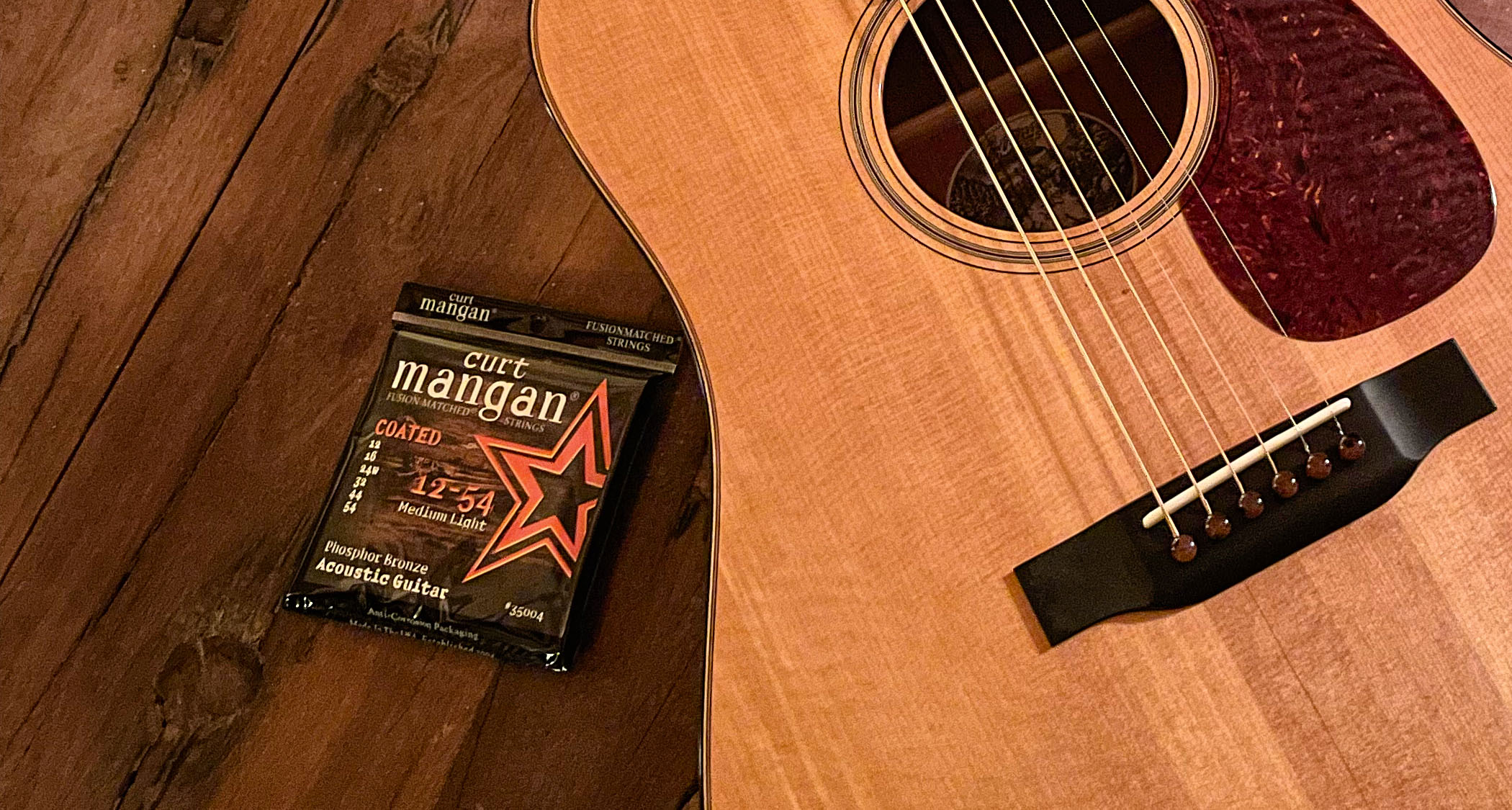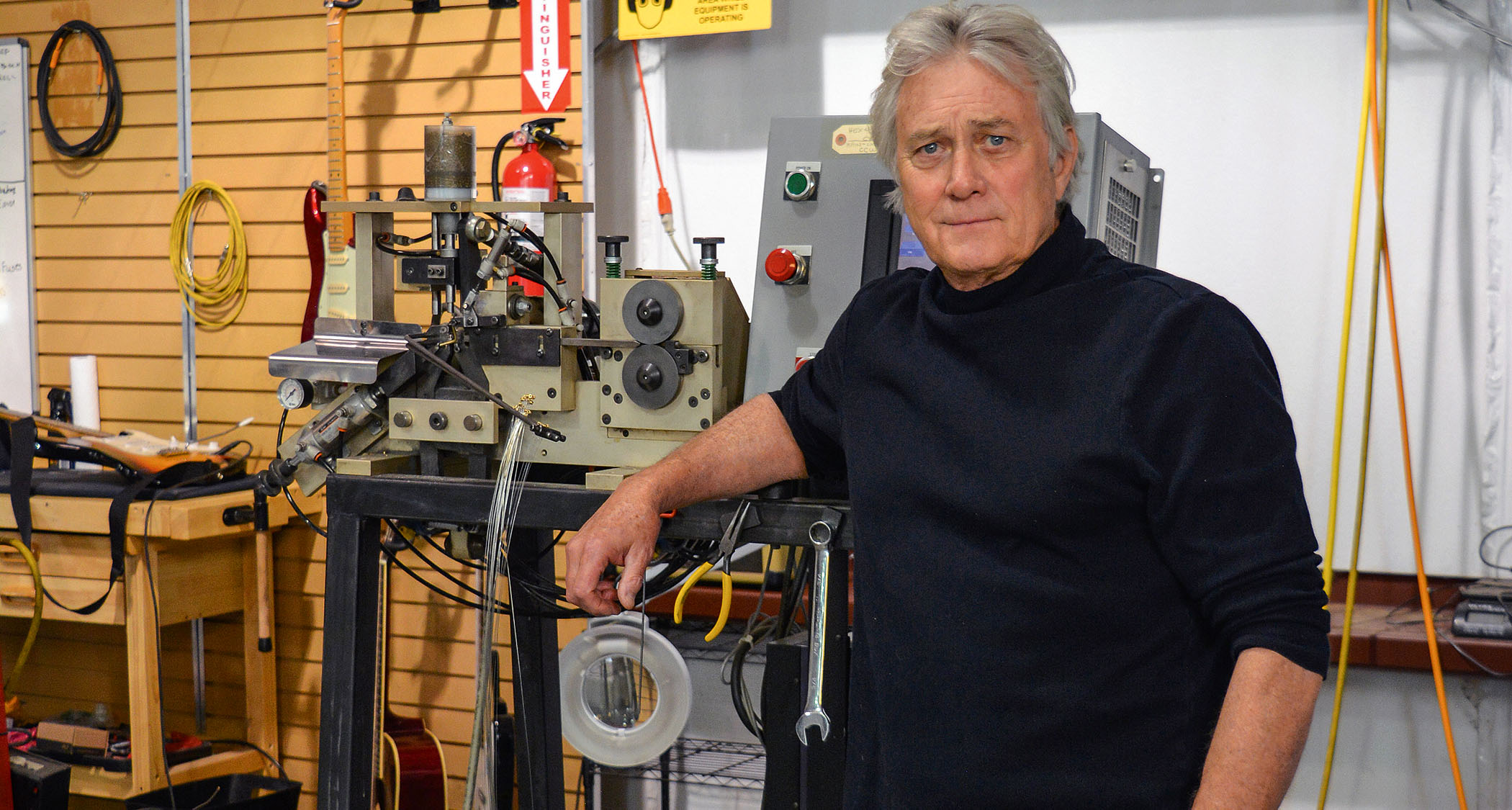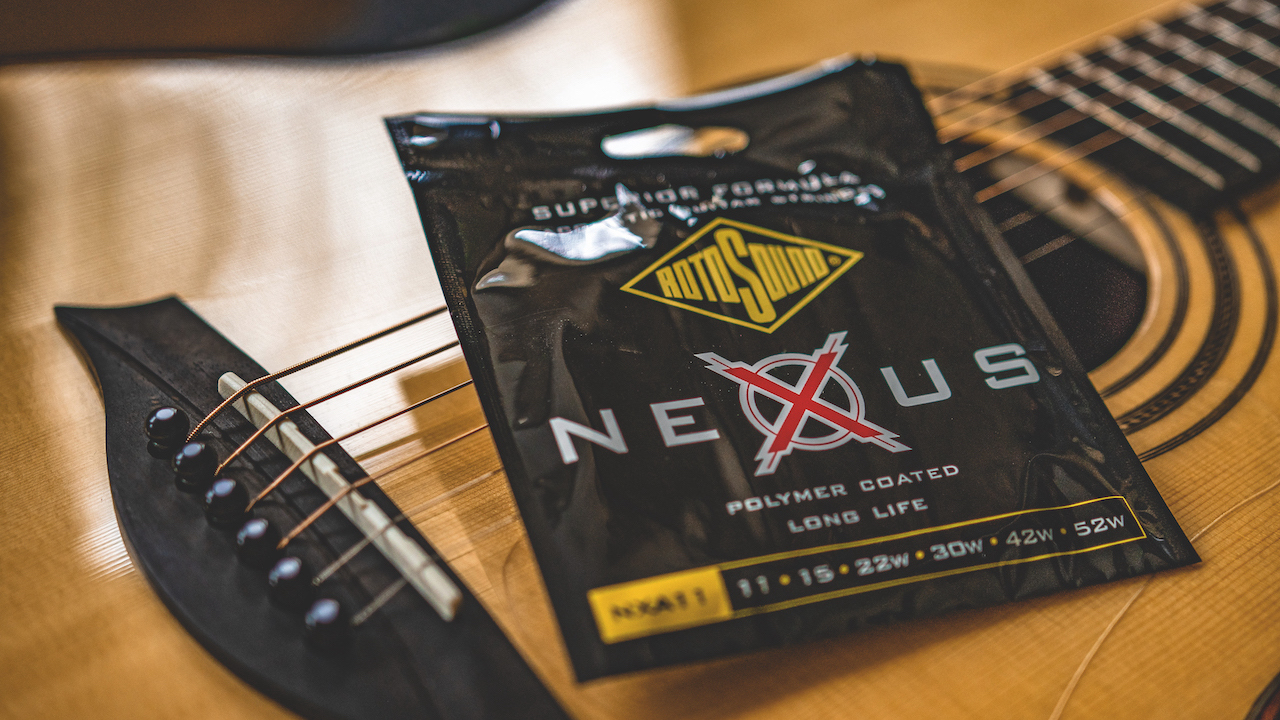
While many of us agonise at length about what the perfect set of pickups for our Strat or 335 might be, fewer devote the same amount of deliberation to strings. This is a bit unfair, I think, as not only do strings influence the tone of our guitars more than we give them credit for, but they’re also our tactile interface with the instrument.
Looked at that way, we should be treating them like tone-making royalty and, crucially, trying out different makes, types and gauges of string – not so we can select one and have done with it for the rest of our lives, but to find the set that best fits each guitar we own.
At the very least, we owe it to ourselves to find strings that work for who we are as players, says veteran string-maker Curt Mangan, who produces some of the best strings made today, from his workshop in Cortez, Colorado.
“First off, every player is unique in how they will make a string vibrate,” Curt observes. “Their ‘attack’ has a huge effect on the resulting tone both electric and acoustic. The old saying, ‘It’s all in the fingers’ is, in my opinion, 100 per cent correct. I was once in a room with three well-known guitarists all playing the same guitar through the same amp. The differences in the tonal responses from each player were remarkable.
“So, there is no right or wrong choice in the strings a player selects,” he continues. “They must find strings that match the tone and feel they want. There is no one-size-fits-all. But the good news is, today, players have thousands of choices. The player will know what it is they are searching for when they feel and hear it. But it can take some time.”

While there is tremendous diversity in the feel and sound of strings on the market today, basic physics means they tend to be designed on broadly similar lines. Therefore the features that can be finessed and tweaked by string makers assume greater importance.
Get To The Core
“Due to some laws of nature, there are rules that all string manufacturers must follow otherwise the strings will not work. So, in many ways, strings will need to be more alike than different, but there are differences,” Curt explains. “All metal guitar strings, both electric and acoustic, use ‘music wire’ for the plain strings and the core wires [of the wound strings].
“It is a spring wire and the most common and popular is tin-plated, high-carbon steel. The wire is available in many shapes, but the most common is round and hex. Round wire is used for plain strings and core wire. Hex is only used for [the core of some types of] wound strings.”
And here lies an interesting design choice many players are unaware of: experimenting with the relative thickness of wrap wire and the core wire beneath, yields big differences in the performance of the string – something that many string-makers exploit to develop strings that work in different specialist applications.
“The biggest difference in strings is what metal or metals (alloy) that the cover (wrap) wire is made of and the core-to-wrap ratio. There are several ways to make a 0.054-inch diameter string,” Curt says. “You can use a thinner core wire with a larger cover wire or a larger core wire and a smaller cover wire, but both strings will still measure .054.
“The core-to-wrap ratio affects the feel and tone of the string. A string with a thinner core wire can feel a little easier to bend and have slightly more high-end harmonic nuance, but might require the player to have a lighter, less forceful picking action to avoid buzzes and a rubber-band effect. A heavier core wire has a little more tension allowing a player to be more aggressive, but if the core wire gets too large you can lose some high-end harmonic nuances.
A string with a thinner core wire can feel a little easier to bend and have slightly more high-end harmonic nuance, but might require the player to have a lighter, less forceful picking action
“Cover-wire alloys, meanwhile, greatly affect the tone of the string,” Curt continues. “For electric guitars, nickel-plated steel (NPS) remains the most popular. It has balanced highs, mids and lows, plus more steel for magnetic pickups. NPS strings are good for any style of music. Pure nickel is very similar to nickel-plated steel but has a little more warmth. Many blues players prefer pure nickel and [these types of strings] are good for guitars that are too bright.”
Moving over to the world of acoustic guitar strings, the overall gauge of the set used arguably has even more of a crucial impact on tone and playability than it does for electric guitars.

“In the old days, most [acoustic] guitars were shipped with 13-56 medium-gauge strings. And yes, some guitars didn’t do well with the stress and some did just fine.
“Today, we have a lot of choice and unless the manufacturer doesn’t recommend medium-gauge 13 to 56 strings, you’re probably safe to use them. What’s more important is the player finding the gauges and alloy that fits their unique playing style and best enhances the natural tone of the guitar,” Curt says.
One big factor in what string-gauge range will work best on your acoustic guitar is the instrument’s scale length.
Curt says: “Players also need to keep in mind that 25.5-inch scale length guitars [as used on many Martin-style designs] will have more tension than 24.75-inch scale length guitars [as used on many Gibson-style designs]. This is why we see an abundance of 11- to 52-gauge sets being used on 25.5-inch scale guitars and 12- to 53- and 12- to 54-gauge sets used on 24.75-inch scale guitars.”
That being said, it’s also worth adding that going up to a heavier gauge on your acoustic doesn’t necessarily mean a meatier bigger sound, adds Damian Ford, who works closely with Curt Mangan to bring the company’s premium strings to the UK market.
“A great example is that on my Martin 000-28,” Damian says. “I used 12 to 54s for the longest time, but then thought I’d like to drop down a gauge to 11 to 52s to see how they felt – and, my goodness, it completely opened up the sound of the guitar, which I wasn’t expecting!
“Plus they were easier to play, so that was a bonus. Sometimes the guitar will tell you what it likes the best. Each piece of wood is different, in the same way that each of us is different. So there are no wrong answers – have fun experimenting!” he concludes.







